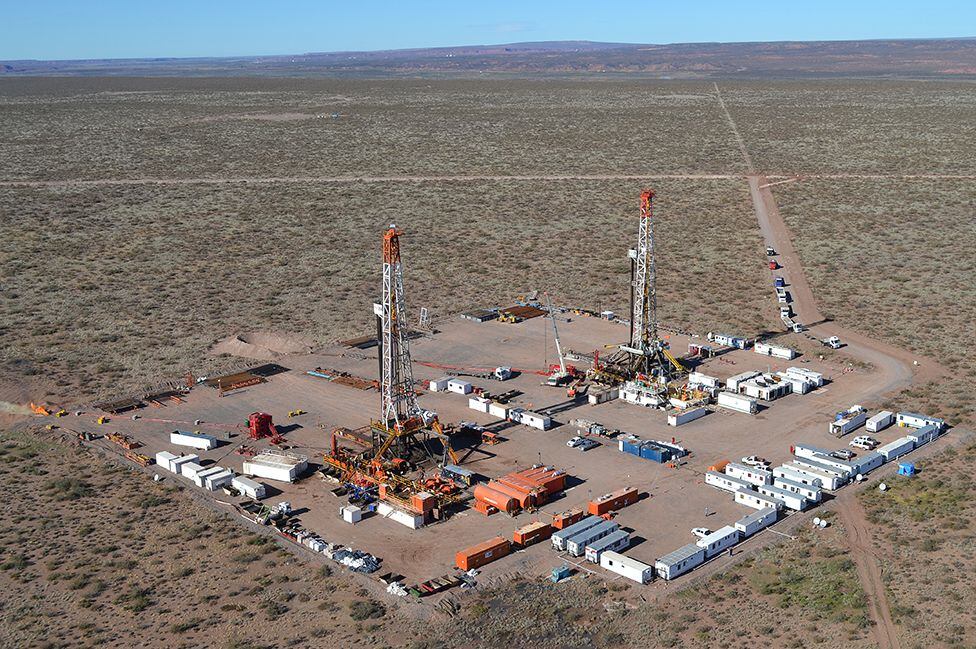
The energy crisis caused by the Russian invasion of Ukraine is boosting both production and sales oil exports and gas in the countries of Latin America and the Caribbeanwith increases of up to 9% on average since February 2022.
This was stated this Thursday by the executive secretary of the Association of Oil, Gas and Renewable Energy Companies of Latin America and the Caribbean (Arpel), Carlos Garibaldi, on the sidelines of a sector conference organized by the Organization of Petroleum Exporting Countries ( OPEC) in Vienna.
These marked increases are the “response to the window of opportunity opened by the apprehensions about energy security caused by the Russian invasion of Ukraine, the consequent sanctions on its supply and the resulting favorable prices”assured the Argentine expert.
Garibaldi admitted that the evolution varies from country to country: in Argentina, for example, the increase stands at 14%, while in Brazil it is 8%.
In total, the average is 9% for the production of natural gas and crude oil, “while exports in both categories seem to have increased by 5%”specified the head of Arpel, noting that 60% of the energy matrix of Latin America continues to come from hydrocarbons (gas and oil).
Among the countries with the greatest potential in the region, Garibaldi highlighted Venezuela, which has already managed to increase its extractions after the recent easing of the sanctions imposed by the US.
“The need to find alternatives to Russian oil sources led to an encouraging change in the US stance towards Venezuela, whose current crude production is the highest on record since early 2020.”Garibaldi stressed.
In the opinion of the executive secretary of Arpel, the Venezuelan government of Nicolás Maduro must now take concrete steps to “establish a stable regulatory framework”even if still “not visible” the lifting of sanctions until after it is verified that the country has held free elections.
As for Brazil, Garibaldi recommends that it continue exploring offshore, since, without new discoveries, its production would decline after 2027.
He also recalled the rise in shale crude production in the Argentine sedimentary formation of Vaca Muerta, which according to experts could go from 300,000 barrels a day this year to more than a million as of 2035.
If these plans come to fruition, Argentine oil exports could total some US$20 billion, a volume that would be even higher with the addition of gas, Garibaldi said.
Source: EFE
Source: Gestion
Ricardo is a renowned author and journalist, known for his exceptional writing on top-news stories. He currently works as a writer at the 247 News Agency, where he is known for his ability to deliver breaking news and insightful analysis on the most pressing issues of the day.












